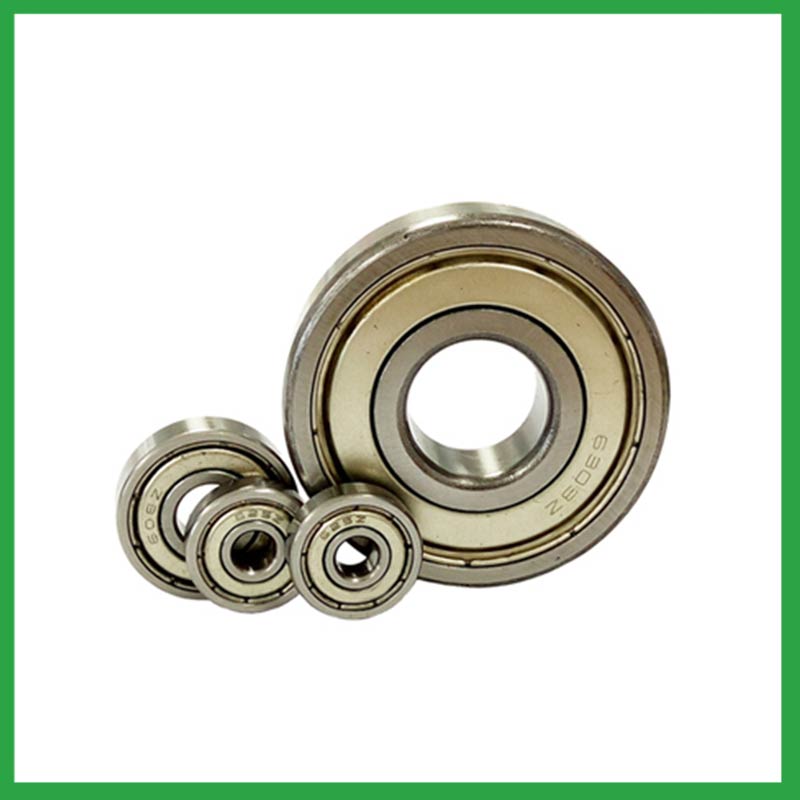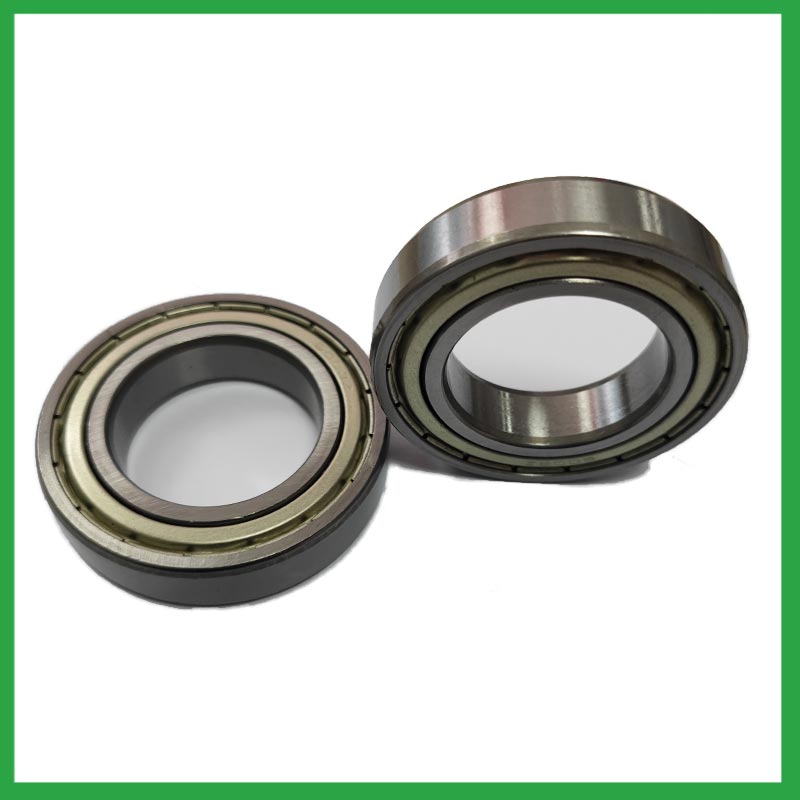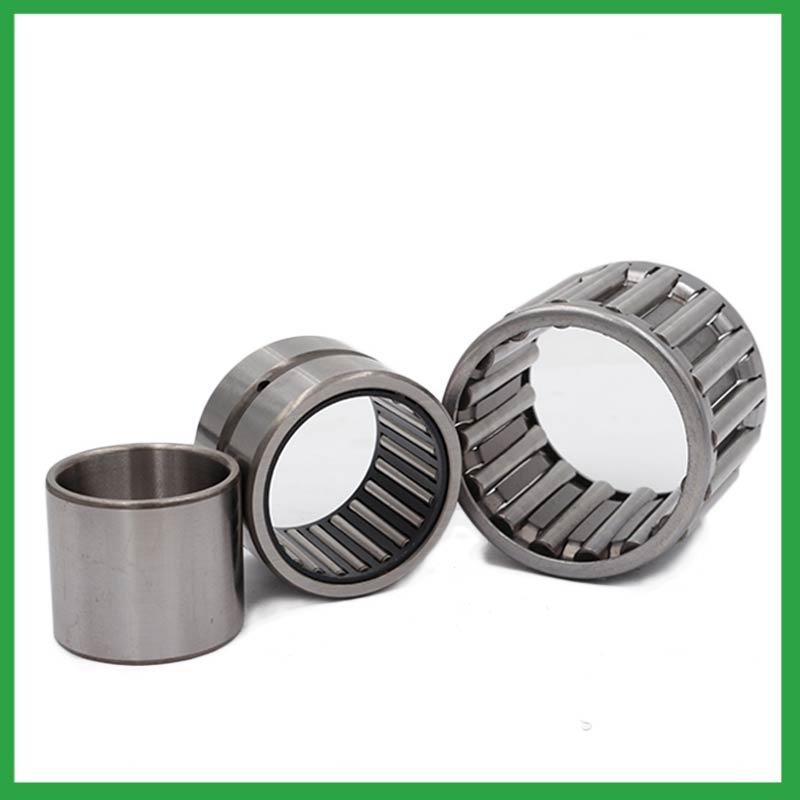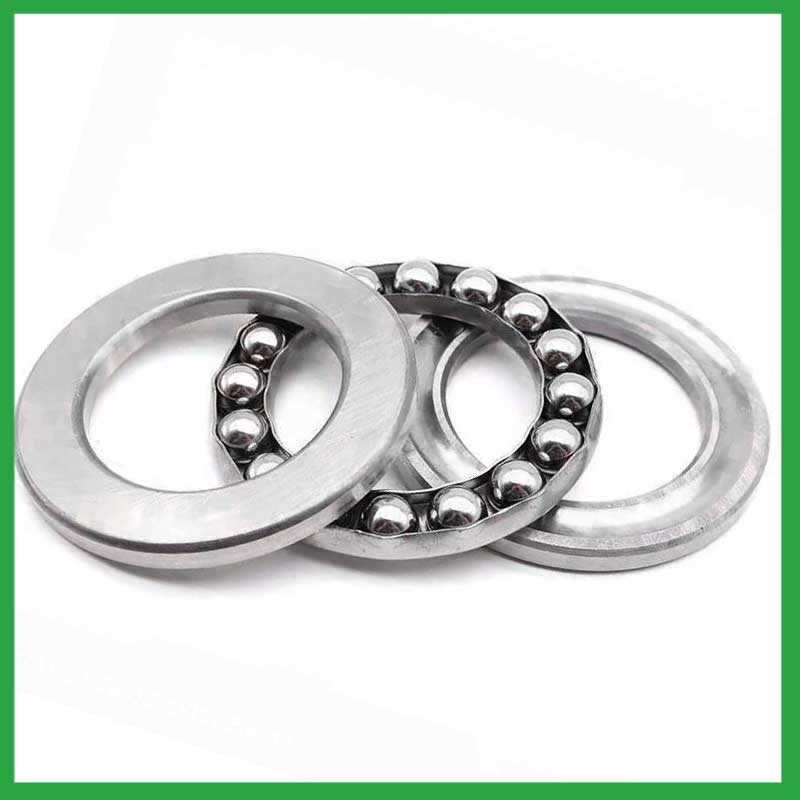PRODUCTS
CONTACT US
Ningbo Nide International Co., Ltd.
一一
· Contact person:Jack Zeng
· Mob/Whatspp/WeChat:0086-13738869026
· Email:emarketing@nide-group.com;marketing4@nide-group.com
· Add:No. 169, Wohushan Road, Daqi Subdistrict, Beilun District, Ningbo, China

Nide team could manufacture ball bearing as per customer’s drawing and samples.
If customer only has samples, we could also design drawing fo r our customer.
We also provide customized service.
Our ball bearing is widely applied the different industrials.
Established in 2010, Ningbo Haishu Nide International Co., Ltd is a modern enterprise specializing in the production of high-density bearings, with a factory area of over 9000 square meters. We have an excellent staff team, excellent production lines, and complete testing methods. Our main products are spherical roller bearings, cylindrical roller bearings, magnet,shaft,fan,carbon brush,commutator,ball bearing, etc.
At present, our products have been sold to America,Oceania,Africa and other regions, as well as more than 50 countries and regions such as Uruguay,Uganda,Navassa Island,Bosnia and Herzegovina. Strict quality control system, plus strong technical team allow us to offer the reliable machines to our customers. The philosophy of ” Service, Profession, Prompt, Innovation” help us to win the customer favor.

| Parameter | Information |
| Product Name | plastic ball bearing |
| Place of Origin | China |
| Brand Name | Nide |
| Material | ceramics, etc. |
| Type | Ball |
| Warranty | 3months-1year |
| Port | Ningbo/Shanghai |
| Application | aviation engines,high-speed electric tools, etc. |
| Size(mm) | customize |
| Color | gray+customized |
| Precision Rating | as per customer's requirement |
| Certification | ISO 9001 Certification,ISO9001:2015 certificate,CE-insulation paper inserting machine,etc |
| Feature | Simple structure,High precision...etc |
| Packaging Details | Suitable for sea transportation |
| Service | one-stop service |
| Model Number | ball bearing |
| Supply Ability | 100000-500000 Piece/Pieces per Month |
| Lead time (days) | 15-20 (To be negotiated) |
Please note: The above table data is for reference only. For specific information, please contact us.
plastic ball bearing can be used in household appliances, such as washing machines,barrel machine spindle bearings,mixers,refrigerator door leaf wings, etc; It can also be used in industrial fields, such as motors,reducers,weighing machines,weaving machine spindle bearings, etc.
During the disassembly process, the outer shell should be kept intact to avoid unnecessary damage;
When replacing installation components, attention should be paid to the accuracy of the support components to prevent deformation;
During the disassembly process, attention should be paid to protecting the surface quality of the ball bearing to ensure its performance;
During the operation, attention should be paid to removing surface dust to ensure the quality of the ball bearing.
Ball bearings have many advantages, making them highly competitive in the market.
Firstly, they are very durable and have good wear performance, making their service life longer than many other types of bearings.
Secondly, they are easy to install and can provide low friction performance in various applications.
Thirdly, they require a relatively low level of maintenance, making them cost-effective.
In addition, compared to many other types of bearings, their purchase cost is relatively low, making them an economical choice.




plastic ball bearing---FAQs Guide
2.Are there hybrid plastic ball bearing that combine steel rings with ceramic balls to optimize performance in demanding applications?
3.What is the load distribution within a plastic ball bearing, and how does it vary between different bearing configurations?
4.How do plastic ball bearing handle radial loads, axial loads, and combined loads, and what are their load-carrying capacities?
5.What are the considerations for choosing between open, shielded, or sealed plastic ball bearing in specific applications?
6.Can plastic ball bearing operate in high-temperature environments like industrial ovens or furnaces, and how are they protected from heat-related damage?
7.What is the significance of plastic ball bearing lubrication, and how does it affect bearing lifespan and performance?
8.Can plastic ball bearing be used in both vertical and horizontal orientations?
9.Are there plastic ball bearing designed for extreme temperature environments, such as cryogenic or furnace applications?
10.What are the advancements and innovations in plastic ball bearing technology that have emerged in recent years?
11.Are there self-aligning plastic ball bearing that accommodate misalignment and shaft deflection in rotating equipment?
12.What are the standard sizes and dimensions of plastic ball bearing?
13.What is the role of plastic ball bearing in reducing friction and wear in automotive applications, such as wheel hubs and transmissions?
14.Where can plastic ball bearing be used?
1.How do cage designs affect plastic ball bearing speed and acceleration capabilities in high-speed machinery?
In high-speed plastic ball bearing, external load has a great effect on cage stability and sliding ratio, especially for the bearings at work in the starting process. The cage stability is worse in the beginning of the bearing starting process. The axial load greatly influences cage dynamic performance in the bearing starting process.
In addition, while ball bearings worked under steady conditions, axial load and radial load both have a great influence on cage dynamic performance. The effects of axial load on cage dynamic performance during the bearing starting process are opposite from the effects under steady conditions.
2.Are there hybrid plastic ball bearing that combine steel rings with ceramic balls to optimize performance in demanding applications?
Hybrid Ceramic plastic ball bearing. Ceramic ball bearings (also known as hybrid bearings) are the one component that'll easily optimize the performance of your application. Hybrid bearings have ceramic (silicon nitride, Si3N4) balls and 52100 bearing steel rings.
3.What is the load distribution within a plastic ball bearing, and how does it vary between different bearing configurations?
The load distribution between the rolling elements and raceway is crucial in performance evaluation of rolling element bearings. Determine the load distribution by measuring the strain response at the bearing surface with a notched housing. Finite element analysis shows that the introduction of notches does not affect the load distribution. An experimental system was developed to investigate the load distribution in a cylindrical roller bearing. The experimental static load distribution agrees well with the theoretical calculation. The dynamic load at specific position of load zone reflects the manufacture difference among rollers and dynamic balance of distributing loads.
4.How do plastic ball bearing handle radial loads, axial loads, and combined loads, and what are their load-carrying capacities?
The type of bearing used also varies between these loads. While deep-groove plastic ball bearing are better equipped to handle radial loads, thrust ball bearings are designed for axial loads. However, it's essential to note that most bearings, such as angular contact ball bearings, can handle both radial and axial loads.The Bearing Static Capacity, Co, is the maximum load that can safely be applied to a non-rotating bearing that will not cause subsequent bearing operation to be impaired. It is based on calculated contact stress at the center of the most heavily loaded rolling element where it contacts the Inner Race.

5.What are the considerations for choosing between open, shielded, or sealed plastic ball bearing in specific applications?
While sealed bearings offer superior protection and maintenance advantages, shielded plastic ball bearing can be more suitable in situations where minimal friction and operating temperature are crucial. It's essential to assess the operational environment and demands before making a selection.
6.Can plastic ball bearing operate in high-temperature environments like industrial ovens or furnaces, and how are they protected from heat-related damage?
plastic ball bearing are capable of working at temperatures up to +842°F (+450 °C). Special lubricants, seals and coatings make this possible by protecting the ball bearings from heat damage.
7.What is the significance of plastic ball bearing lubrication, and how does it affect bearing lifespan and performance?
Bearing lubrication is vital for preserving the performance and lifespan of rolling element bearings. Lubrication helps separate moving parts relative to one another, such as rollers and raceways or balls, to prevent wear and tear and friction.
8.Can plastic ball bearing be used in both vertical and horizontal orientations?
Sleeve Bearings: Sleeve bearings, also known as plain bearings, employ a simple yet effective mechanism. A cylindrical sleeve separates the rotating shaft from the stationary portion of the bearing, reducing friction and enabling smooth rotation. Sleeve bearings are characterized by their quiet operation, cost-effectiveness, and suitability for horizontal mounting orientations.
Ball Bearings: Ball bearings introduce small metal balls between the moving parts, providing enhanced durability and reduced friction. This design allows for smoother and more efficient rotation, making ball bearings well-suited for high-performance applications and vertical installations.

9.Are there plastic ball bearing designed for extreme temperature environments, such as cryogenic or furnace applications?
High temperature plastic ball bearing use specialized lubricants to stand up to high temperatures. Grease-packed bearings are pre-filled with fluorine grease for high temperatures, while YS and SJ bearings use molybdenum disulfide (MoS2) solid lubricant to withstand temperatures up to 350°C and 400°C respectively.
10.What are the advancements and innovations in plastic ball bearing technology that have emerged in recent years?
Significant advancements have been made in plastic ball bearing steels over the years. Modern, ultra-clean bearing steels contain fewer and smaller non-metallic particles, giving ball bearings greater resistance to contact fatigue.
11.Are there self-aligning plastic ball bearing that accommodate misalignment and shaft deflection in rotating equipment?
These plastic ball bearing are particularly suitable for applications where misalignment can arise from errors in mounting or shaft deflection. A variety of designs are available with cylindrical and taper bores, with seals and adapter sleeves and extended inner rings.
12.What are the standard sizes and dimensions of plastic ball bearing?
plastic ball bearing size charts are widely available, and can be used to find the measurements of a specific bearing. Series 6200 and 6300 are the most commonly used, and typically range from 10 x 30 x 9 mm (. 394 x 1.181 x . 354 in) to 150 x 320 x 65 mm (5.906 x 12.598 x 2.559 in).

13.What is the role of plastic ball bearing in reducing friction and wear in automotive applications, such as wheel hubs and transmissions?
When a load is applied to a ball bearing, the plastic ball bearing roll freely between the inner and outer rings. This rolling action significantly reduces friction compared to sliding contact, resulting in smoother rotation and reduced wear.
14.Where can plastic ball bearing be used?
plastic ball bearing are very versatile. They can be designed to withstand radial loads, axial loads and combined radial/axial loads at various operating speeds. These characteristics, combined with the relative cost and compactness of the design, give it universal appeal within the industry. Ball bearings are widely used in electric motors, gear reducers and pumps. Serving the automotive, home appliances, aerospace, oil and gas drilling, and mining sectors.

